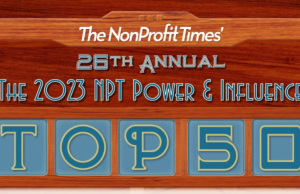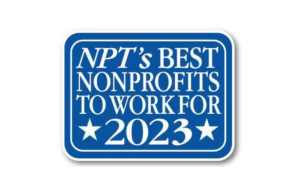When it comes to charitable giving, evangelical Protestants are just like everyone else — more or less. Those who attend church or read the Bible more often tend to give more to church and/or charity, as do those who are older and have higher incomes, but there are some who don’t give at all.
“The Generosity Factor: Evangelicals and Giving,” a 32-page report released by Infinity Concepts and Grey Matter Research, estimates that only 13% of Protestants, about one in eight, give anything close to tithing, which authors estimated at 8% of household income. Almost one in five (19%) give nothing at all.
The study was limited to those who did not identify with a non-Protestant group, such as Mormon, Roman Catholic, or Orthodox. American evangelical Protestants represent an estimated 23% of American adults, roughly 59 million people.
Evangelical giving broke down as follows, according to respondents:
- 74% give to church;
- 58%, charity;
- 51%, church and charity;
- 22%, only church;
- 19%, did not give in the last 12 months; and,
- 7%, only to charity.
Over the course of a year, the average evangelical Protestant donor gives to 3.8 separate organizations, outside of any giving to church; the median is 3.
The average evangelical gave $2,545 during the past 12 months — more than three-quarters of that total ($1,923) went to church and almost a quarter ($622) to charity. Median giving was $390, with $340 to church (87%) and $50 to charity (13%).
The average church-only donor gave $2,603, with a median of $800. For donors only giving to charity, the average was $1,067 with a median of $300. Among the 81% who give to church or charity, the average was $3,149, with a median of $1,000.
The average evangelical giver sends 71% of donated money to church and 29% to charity but 28% of givers donate only to church and another 15% give outside of church but it’s limited to no more than 10% of their total giving. More than one-quarter (28%) give half or more of everything they donate to organizations outside of a church, including 9% who give only to charities but not church.
Among evangelicals earning more than $100,000 in household income, 65% gave to both church and charity in the past 12 months while 10% gave nothing. On the other side of the spectrum, the same proportion of lowest-income evangelicals gave something over the past year.
Older individuals also were more likely to give to both church and charity while the youngest evangelicals were especially likely to have given either only to a church or not at all.
Total giving increases as age and household income rise. The youngest evangelicals give a median of $700, which rises to $800 in the 40-54 age group, $1,200 among 55- to 69-year-olds, and the oldest give a median $1,332.
Evangelicals with a household income less than $30,000 give a median of $300. That median doubles to $600 among those earning $30,000 to $60,000, and more than doubles again to $1,400 when income is $60,000 to $100,000. Median giving is $2,200 among evangelicals earning at least $100,000.
The study also estimated generosity as a proportion of household income given to church and/or charity, comparing giving with household income although authors emphasized it’s a simple estimate based on reported giving by respondents. “There is naturally some ‘play’ in these numbers…but reasonable estimates are far superior to outright guesses without data.”
The average evangelical gave away 4% of their income to either church or charity. Using this process, authors estimated that evangelical Protestants who contributed money to church average 3.2% of their income given compared with 1.4% of income to charity by those who gave to charity.
Among all evangelicals, 3.2% of household income goes to charity — 2.4% to church and 0.8% to charity. Total giving to church and charity combined was a median 1%, with church giving at 0.57% and 0.1% for charitable giving.
Senior adults were 29% more likely to have given through congregations or traditional charities in the past three months or so than Generation Z. However, GenZ was 31% more likely than seniors to have employed direct giving.
Among age groups, seniors were most likely to give to charities (58%) and to congregations (50%) over the past three months while Millennials (53%) and GenZ (52%) were more likely to give directly to a stranger in need. Crowdfunding was the least likely channel for giving recently with only GenZ (34%) and Millennials (30%) eclipsing 25%. Giving to family or friends in need has the highest totals among all age groups, with all but seniors (47%) surpassing 50%.










